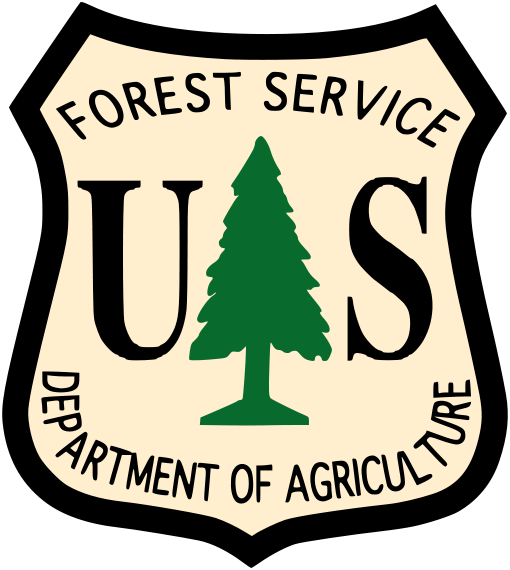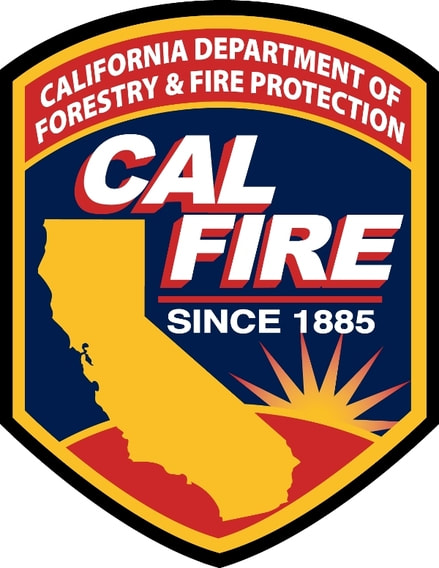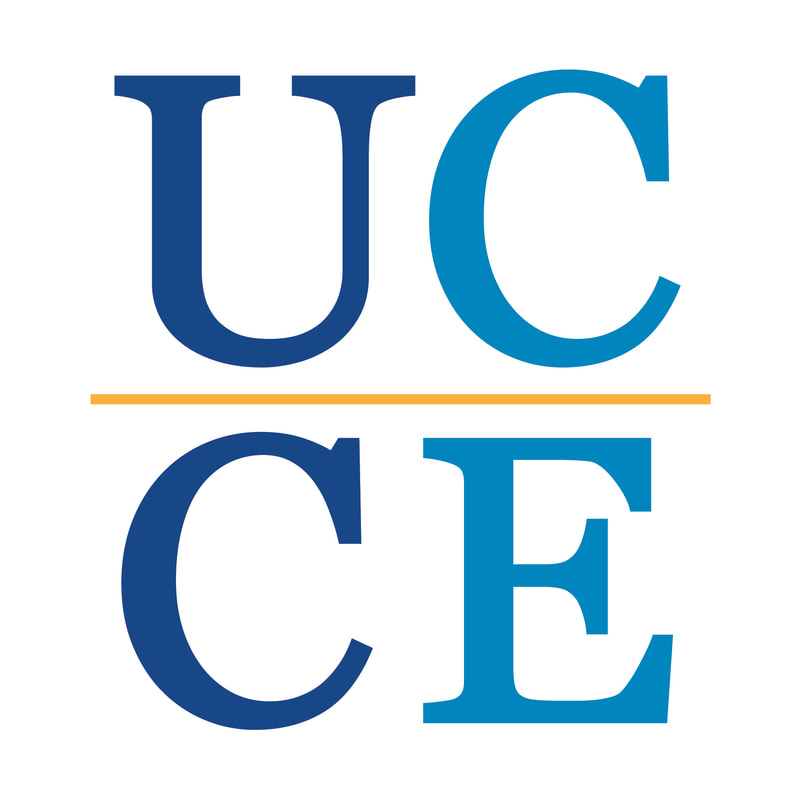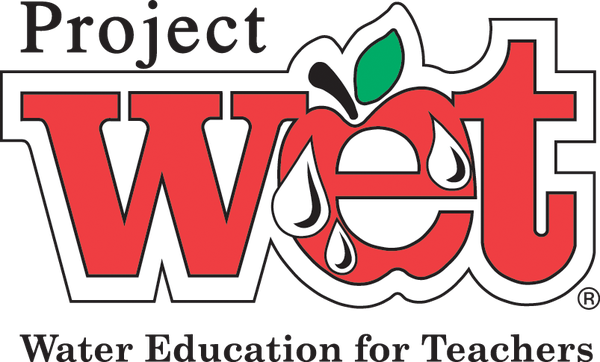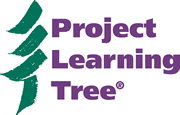|
What is FIT?
An immersive week-long
|
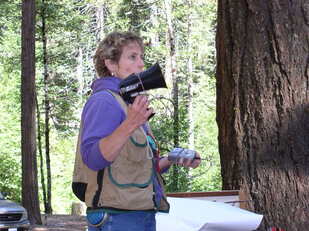
Forestry Institute for Teachers (FIT) is a week-long professional learning program that provides K-12 educators with the knowledge, skills and tools to confidently teach about the complexities of forest ecology and forest resource management practices.
A total of four FIT session are offered every year in Humboldt, Shasta, Tuolumne, and El Dorado Counties. Each session accommodates up to 30+ educators and combines classroom lessons with field instruction to engage with and learn about current issues in California forests. At FIT, the environment lays the foundation for interdisciplinary learning that spans subject areas like: English Language Arts, Math, Environmental Science, Physical Science, Social Science, Biology, Forestry, History, and Career Technical Education. Upon completion of FIT, participants leave with a developed "curriculum project" proposal aligned with relevant California Department of Education content-area standards, making them eligible for a stipend and in-classroom support from the FIT program's network of graduates and resource professionals. |
How much does it cost? |
Room and board are provided free of charge during the week, but there is a
$75-100 application fee. Participants are responsible for arranging travel to and from session locations. Carpooling is encouraged and can be coordinated directly with each session director once acceptance is confirmed. In addition to a certificate of completion for Project WET, Project Learning Tree and FIT, participants will be eligible for Continuing Education Units (CEUs) from UC Davis or Cal Poly Humboldt. Thanks to generous funding support from the following sponsors and private donations, FIT is able to offer a $300 stipend for participants that implement forest-related curriculum projects that demonstrate their professional growth. |
Why FIT?
|
FIT endeavors to provide a balanced, science-based approach to controversial issues surrounding California’s forests. Throughout the week, participants work with natural resource professionals and education specialists to explore how forest ecosystems and their management impact rural and urban citizens. By integrating environmental education with a student's education experience, we can prepare future generations for the difficult choices they must make about forest health, ecosystem management, consumption and local economies.
FIT sessions are located in forested communities to provide a diverse learning experience. Throughout the week, participants experience firsthand:
|
Who are we?
|
Each FIT session is led by a local natural resource specialist from the University of California Cooperative Extension and a credentialed team of FIT educators who are accredited facilitators of Project Learning Tree (PLT) and Project WET.
Throughout the week these educators work individually and in small, grade-band level, groups with participants to model and support the integration of PLT and WET activities to support their integration with curriculum projects. Over 40 resource professionals from University of California, USDA Forest Service, USDOI Park Service, California Department of Forestry, Department of Fish and Wildlife, private industry, consulting land managers and environmental advocacy groups volunteer to share their experience working on public, private and agency land. These volunteers include nationally recognized experts in wildlife biology, fire ecology, hydrology, soil microbiology, and forestry. Volunteers remain available after the conclusion of FIT to participants to share their expertise with planning, protecting, and implementing forest enhancement projects. |
How do FIT graduates benefit?
|
California's K-12 students are ultimately the audience for the knowledge gained by FIT participants.
Environmental education in forest ecology, ecosystem monitoring, economics and stewardship empowers conceptual learning, critical thinking and decision-making skills in your classroom. Upon completion, FIT participants receive:
|
|
I learned so many things! People who work in the forests are generally knowledgeable about a variety of things - soils, water, wildlife, vegetation. There are many jobs available for people who would like to work in forests (far more that require a college degree than I ever realized). A burning forest can be a good thing.
|
Forest management issues - fire, soil, thinning, clear cutting, etc. These issues are very complex. I've moved away from my "Don't cut down any trees stance" to an understanding of the need to manage this renewable resource. I was especially interested in the research that Cajun and others are doing on buffer zones/creeks. I am glad to see increased exchange of ideas/knowledge among scientists and timber people. I learned numerous hands on environmental activities to do with my second grade to increase their awareness, develop community, and make them better stewards of the earth.
|
I learned a whole new perspective on forestry. I learned a lot about fire, wildlife, and Sierra Pacific's practices and philosophies. I also learned about California's regulations and the need to encourage other states to follow. I learned a lot of activities and lessons I will be able to do. I learned about the complex issues involved w/forestry and that we use too much wood.
|
